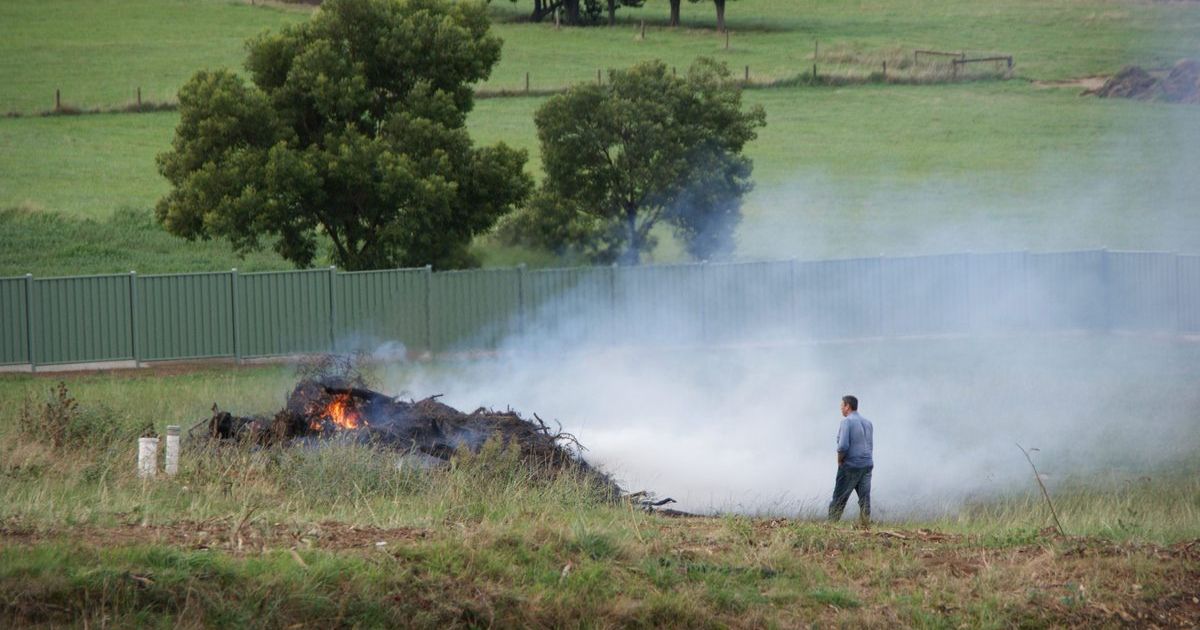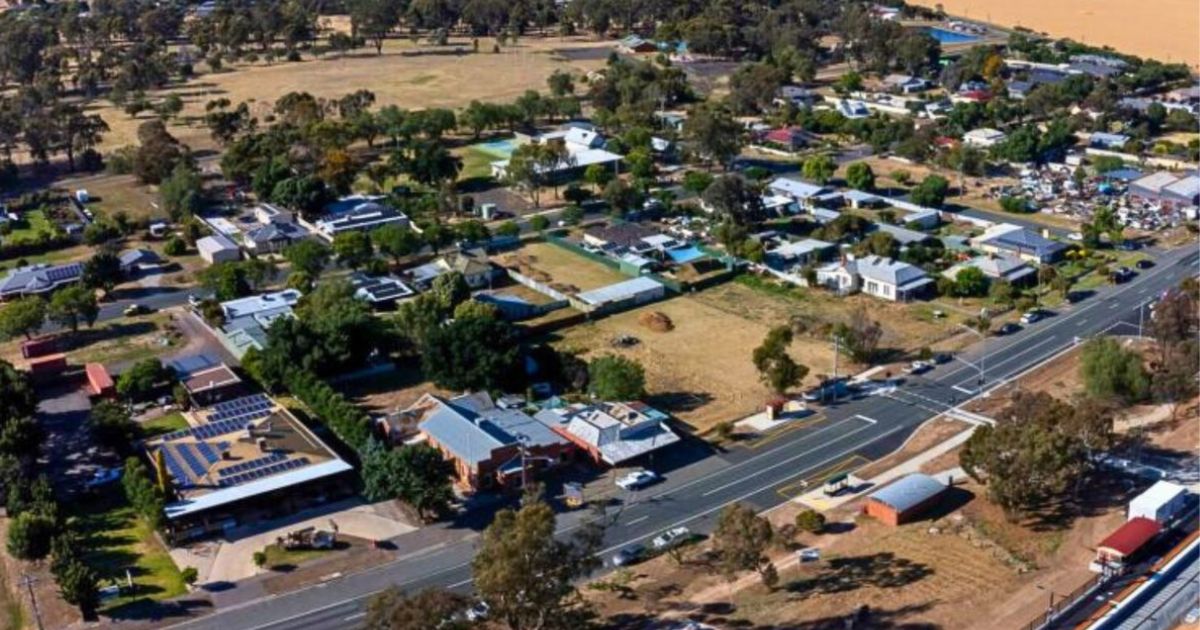Calls for outreach services to continue

Support: Bendigo Community Health Services CEO is calling on the State Government to rethink its decision to end the High Risk Accommodation Response program. Photo: JONATHON MAGRATH
THE head of Bendigo Community Health Services is urging the State Government to not end the High Risk Accommodation Response program established during the COVID-19 pandemic.
Known as HRAC, the program involves BCHS staff members working with the region’s at-risk communities through visits to public housing, supported residential services and caravan parks.
Staff have been assisting with home-based services for food, prescriptions, and mental health support, as well as tailoring COVID-19 messaging for different communities.
Bendigo Community Health Services chief executive officer Gerard José said the HRAR program has been one positive to come out of the pandemic.
“While we have seen an increase in vaccinations by taking services directly to people within their own communities, we have also seen a gradual build in trust as our teams have become familiar faces in the neighbourhood either going door-to-door or holding events at neighbourhood venues,” he said.
With transport often an issue, Mr José said the program is an example of what BCHS clients have been asking for.
“We have heard that many people, for many reasons, do not travel far from their home and find it a barrier to travel to large community hubs, so services and programs need to go to them,” he said.
The HRAR program also assists with delivering tailored medical information to specific communities, through audio/visual resources and in different languages.
“These community members appreciate someone who will take time to explain things to them and not rush them through or redirect them to websites or Facebook,” Mr José said.
“They appreciate friendly, genuine supports that steer them through often complex processes and health pathways.
“We are still seeing people turn up at neighbourhood clinics for their first and second vaccinations.”
Mr José said outreach programs should receive ongoing support.
“The positive outcomes and experiences we have observed extend beyond a response to COVID and tell us much more about how we truly engage people in services and in building up an understanding of their care needs,” he said.
“It is easy to see the benefits that can be gained by shifting focus to the flu season, other essential health needs, or even emergency safety messaging.”


















